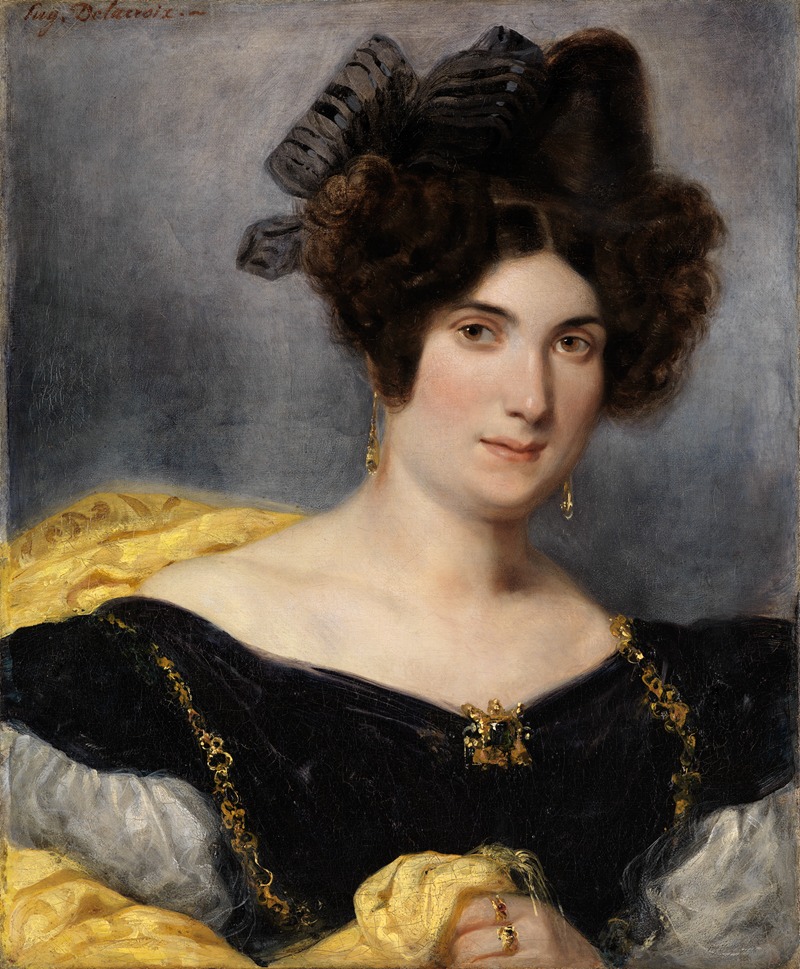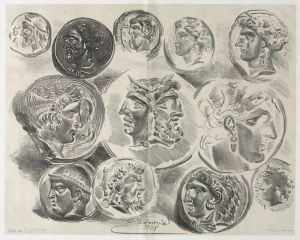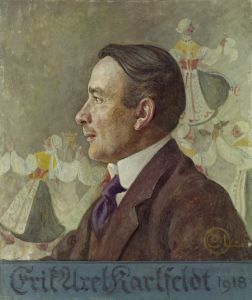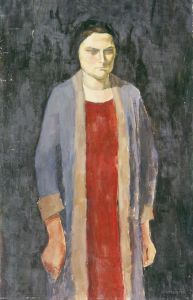
Portrait of Madame François Simon
A hand-painted replica of Eugène Delacroix’s masterpiece Portrait of Madame François Simon, meticulously crafted by professional artists to capture the true essence of the original. Each piece is created with museum-quality canvas and rare mineral pigments, carefully painted by experienced artists with delicate brushstrokes and rich, layered colors to perfectly recreate the texture of the original artwork. Unlike machine-printed reproductions, this hand-painted version brings the painting to life, infused with the artist’s emotions and skill in every stroke. Whether for personal collection or home decoration, it instantly elevates the artistic atmosphere of any space.
Eugène Delacroix, a leading figure of the French Romantic movement, is renowned for his expressive brushwork and vibrant use of color. Among his extensive body of work, "Portrait of Madame François Simon" stands as a testament to his skill in portraiture, although it is less widely known compared to some of his other masterpieces.
Eugène Delacroix was born on April 26, 1798, in Charenton-Saint-Maurice, France. He rose to prominence in the early 19th century and became known for his dramatic and colorful compositions. Delacroix's work often depicted scenes of historical and contemporary events, as well as literary and exotic subjects. His style was characterized by a bold use of color and a dynamic approach to composition, which influenced many later artists, including the Impressionists.
The "Portrait of Madame François Simon" is an example of Delacroix's ability to capture the essence of his subjects with both sensitivity and vigor. While specific details about the painting's creation and its subject, Madame François Simon, are not extensively documented, the portrait reflects Delacroix's keen interest in portraying the human character and emotion. His portraits often reveal a deep understanding of the sitter's personality, achieved through his masterful use of color and light.
In this particular portrait, Delacroix employs a rich palette, which is a hallmark of his style. The brushwork is both fluid and precise, allowing him to convey the textures of fabric and the subtleties of skin tone with remarkable realism. Delacroix's portraits are noted for their psychological depth, and this work is no exception, as it captures the dignity and poise of Madame François Simon.
Delacroix's approach to portraiture was influenced by his admiration for the Old Masters, particularly the works of Peter Paul Rubens and Titian. He sought to infuse his portraits with a sense of vitality and immediacy, often focusing on the interplay of light and shadow to create a sense of depth and volume. This technique is evident in the "Portrait of Madame François Simon," where the lighting enhances the three-dimensionality of the figure and adds to the overall impact of the composition.
Throughout his career, Delacroix maintained a balance between his large-scale historical and literary paintings and his more intimate portraits. While his grand canvases often garnered more attention, his portraits remain an essential part of his oeuvre, showcasing his versatility and his ability to convey the complexities of human emotion.
The "Portrait of Madame François Simon" exemplifies Delacroix's skill in capturing the individuality of his subjects while adhering to the Romantic ideals of expression and emotion. Although not as widely recognized as some of his other works, this portrait contributes to our understanding of Delacroix's artistic legacy and his impact on the development of modern art.
In summary, Eugène Delacroix's "Portrait of Madame François Simon" is a fine example of his portraiture, demonstrating his mastery of color, light, and psychological insight. While specific historical details about the painting and its subject are limited, the work remains a valuable piece within Delacroix's body of work, reflecting the artist's enduring influence on the art world.

















